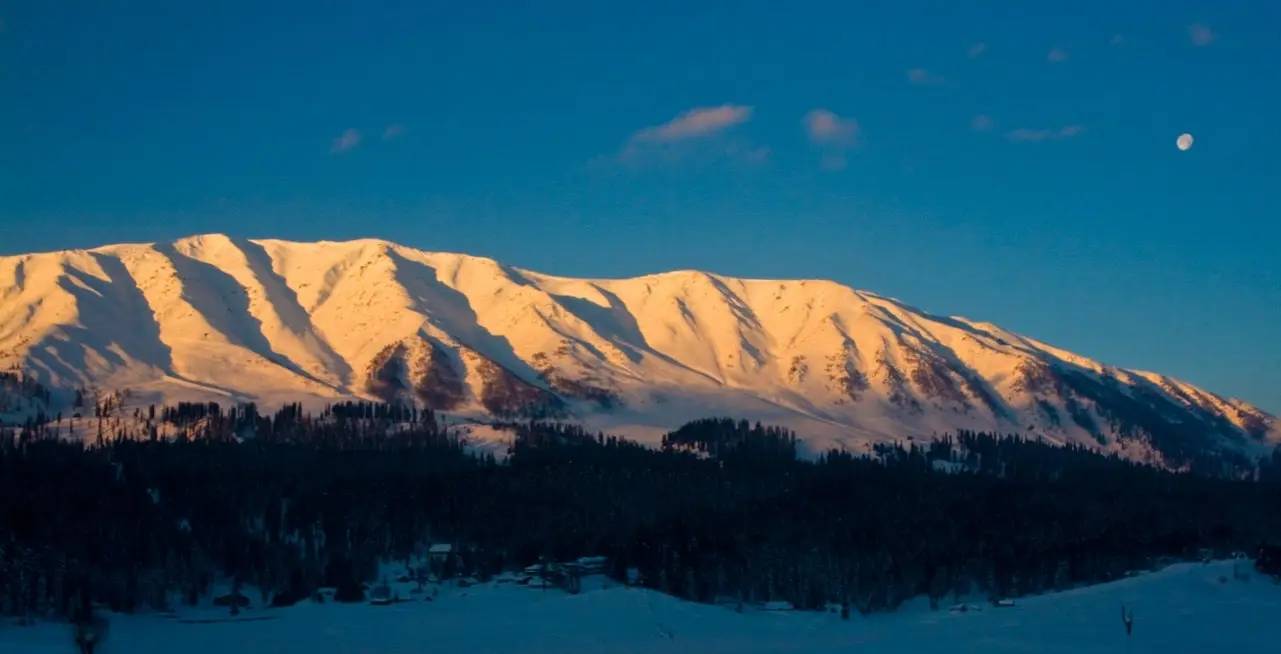
The most complete website about Gulmarg Ski Resort
Preparing for High-Altitude Skiing: Tips for Building Endurance, Strength, and Flexibility
What is high-altitude skiing and why is it challenging?
Skiing at high altitudes can be a thrilling and challenging experience, but it requires a high level of physical preparedness and training. At elevations above 4000 meters, the air is thinner and contains less oxygen, which can make it more difficult to breathe and perform physical activities. As a result, it is important to be in good shape and physically prepared before a high altitude travel and embarking on a high-altitude skiing trip and travel.
Physical Preparation
Building cardiovascular endurance
One key aspect of physical preparation for high-altitude skiing is building cardiovascular endurance. This can be achieved through activities such as running, cycling, or swimming, which can help improve your ability to oxygenate your blood and sustain physical activity at high altitudes.
 Photo by Joris Meier on Unsplash
Photo by Joris Meier on Unsplash
Strengthening leg muscles
It is also important to work on strengthening your leg muscles, as they will be responsible for supporting you while skiing on the mountain. Squats, lunges, and leg presses are all exercises that can help improve leg strength and endurance.
Stretching and flexibility
In addition to cardiovascular exercise and strength training, it is also important to include stretching and flexibility work in your training plan. Skiing at high altitudes can be physically demanding, and having a good range of motion and flexibility can help prevent injuries and improve your performance on the mountain. Yoga, Pilates, or other stretching routines can be great ways to improve flexibility and balance
Acclimating to High Altitudes
Tips for adjusting to thinner air
In addition to physical training, it is also important to acclimate to high altitudes gradually. If you are not used to skiing at high elevations, it is a good idea to take a few days to adjust to the altitude before hitting the slopes. This can help your body get used to the thinner air and reduce the risk of altitude sickness. Altitude sickness is a common concern for skiers at high elevations, and can cause symptoms such as headache, fatigue, and dizziness. Gulmarg Ski Resort is located at a relatively lower altitude, so you may not experience severe symptoms of altitude sickness. However, you may still notice some changes in your breathing, possibly a mild headache, and may have slightly more difficulty sleeping. These symptoms should not be too severe.
Reducing the risk of altitude sickness
To reduce the risk of altitude sickness, it is important to drink plenty of fluids and avoid alcohol and tobacco, as these can dehydrate your body and make you more susceptible to altitude sickness. It is also a good idea to eat a well-balanced diet rich in carbohydrates, which can help provide the energy you need to ski at high altitudes.
Maintaining Overall Health and Well-Being
Importance of sleep, hydration, and nutrition
Finally, don't forget to pay attention to your overall health and well-being. Getting enough sleep, staying hydrated, and eating a healthy diet can all help you feel your best and perform at your best while skiing at high altitudes.
To ensure that you are physically prepared for high-altitude skiing, it is important to start training several weeks or even months before your trip. A good way to start is with these 7 off season activities for skiers. This will give you time to build up your endurance and strength, and get your body used to the demands of skiing at high elevations.
Recap of key points for preparing for high-altitude skiing
With the right preparation and altitude training, you can be well-prepared to tackle the challenges of skiing at elevations above 4000 meters. By building your cardiovascular endurance, leg strength, and flexibility, and taking care of your overall health, you can enjoy the thrill of skiing at high altitudes and make the most of your mountain adventure.